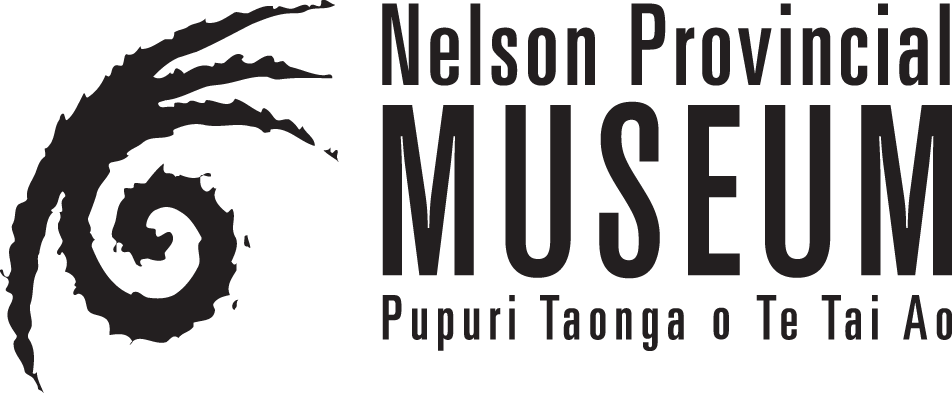Radium Flour
Image: Display of Radium Flour, Brightwater Mills, Nelson Provincial Museum, FN Jones Collection, Photo Coll No. 30157
This photograph, taken by local photographer FN Jones, features “radium” flour and semolina from the Brightwater Roller Flour Mill. George Trapnell, a career roller mill operator, purchased the mill in 1904 and successfully filed the trade mark “Radium” a few months later. Trapnell’s timely choice of trademark infused scientific innovation and vitality into his flour despite there being a low likelihood of radium actually being present.
Radium, extracted from pitchblende, was first described by Marie Curie in 1898 and studied by Spring Grove-born atomic scientist Ernest Rutherford. Capable of self-illumination and producing heat, radium also proved effective on killing flour larvae as demonstrated at the Pasteur Institute in 1903. As reported in the Nelson Evening Mail, “Radium exposed larvae die, larvae that escaped to edges did not turn into moths and stayed alive for over a generation of the control moths…” The article concluded that radium’s interference with natural aging made it a new fountain of youth. Radium’s therapeutic use in domestic products and non-clinical settings came to an end two decades later when a growing number of radiation-induced deaths and illnesses saw greater regulation of the material.
The museum does not have an original Radium Flour bag in the collection, if you have one to donate please contact the Collections Leader shae.trewin@museumnp.org.nz.

